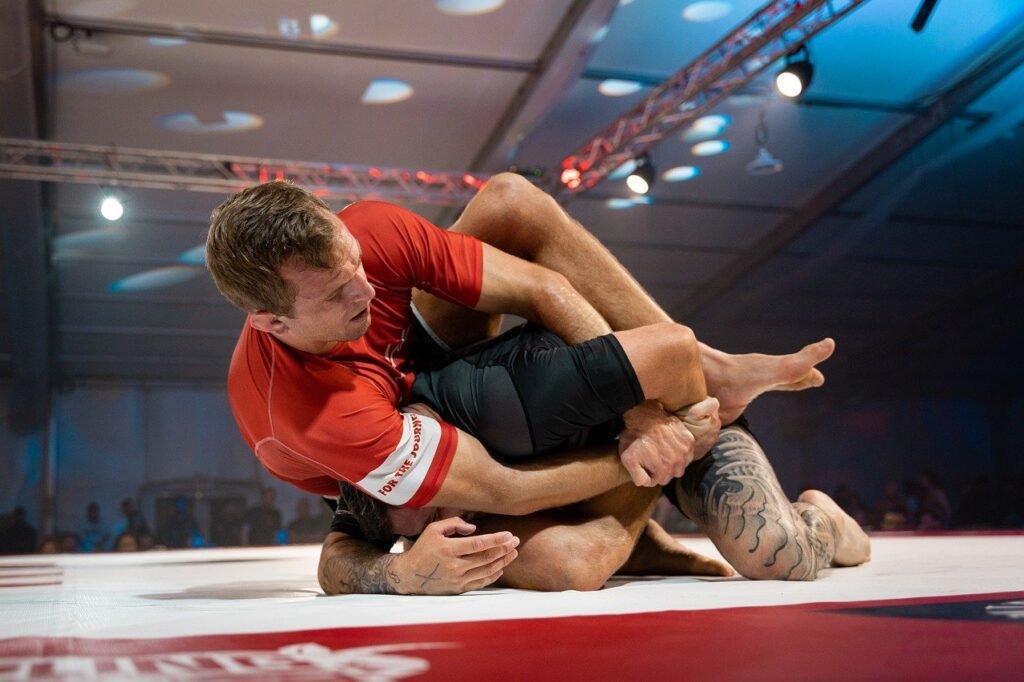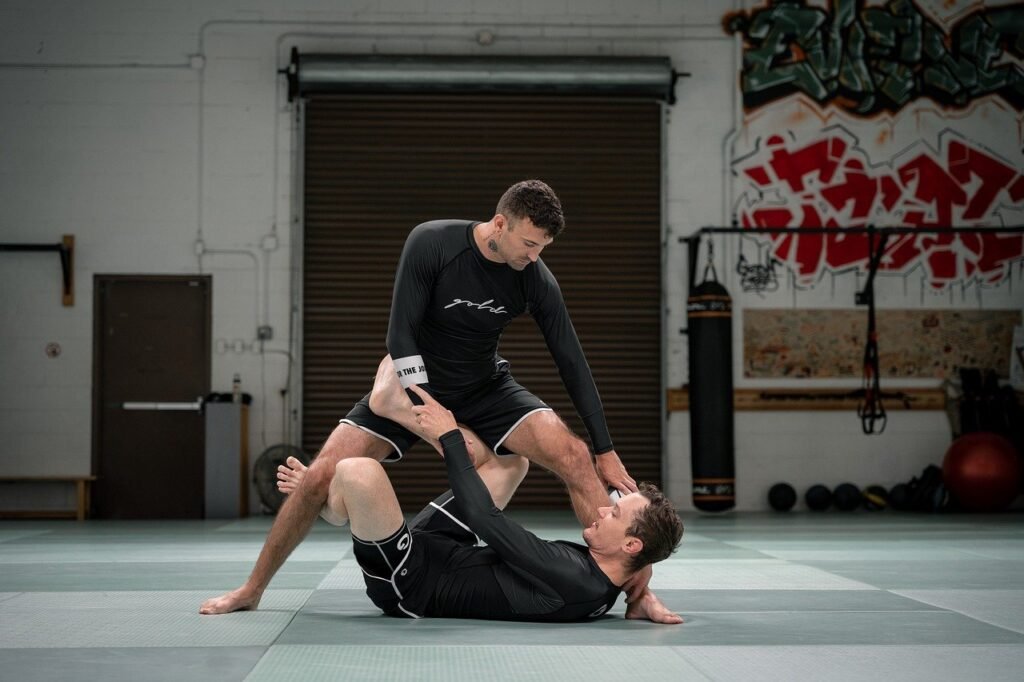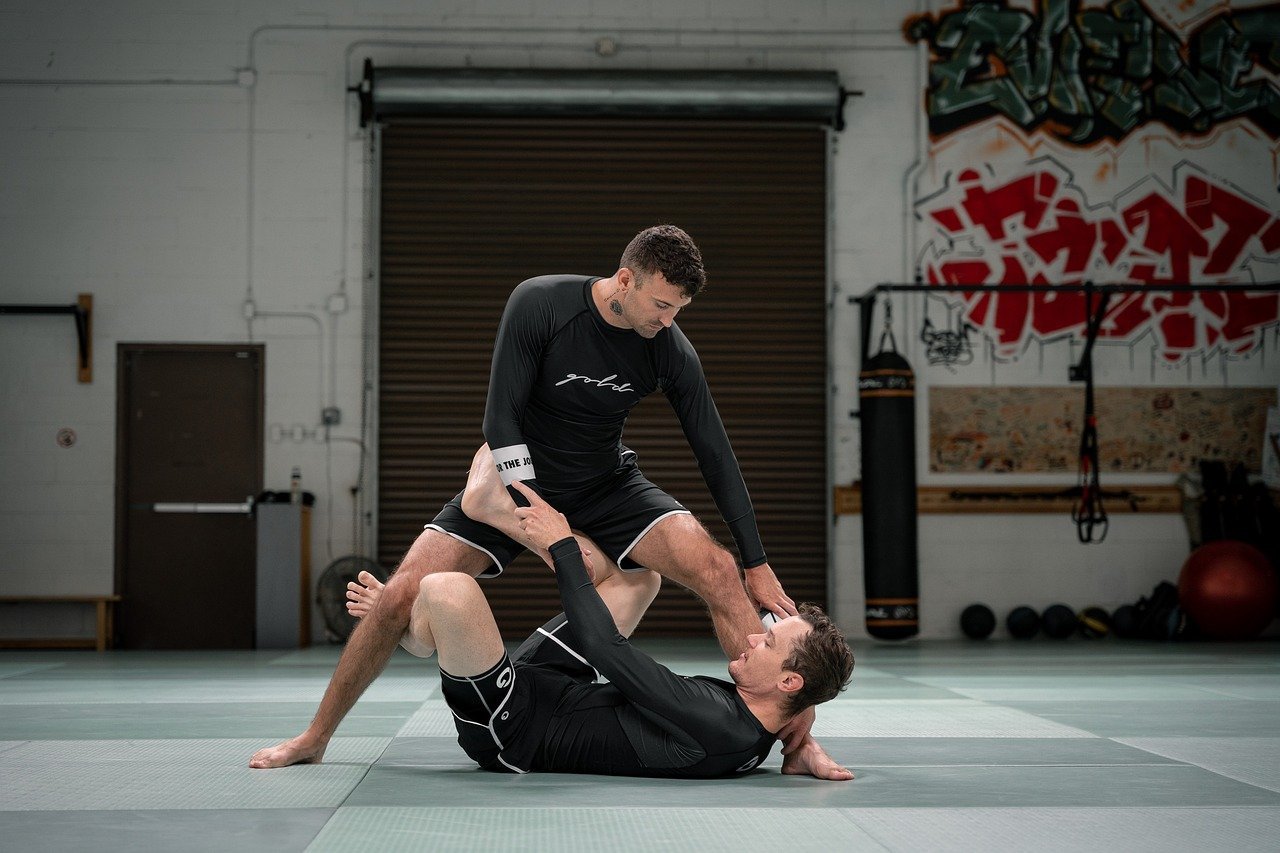Diving into the world of Brazilian Jiu-Jitsu, you’ll quickly discover the power and versatility of side control. This article, “Using Side Control for Dominant Positions,” explores the nuances and techniques that can transform this position into a formidable weapon. By mastering side control, you can maintain dominance over your opponent, open up opportunities for submissions, and effectively control the pace of the match. Get ready to enhance your grappling game and elevate your skills to new heights with strategies designed to leverage this crucial position to your advantage. Have you ever wondered how mastering side control can elevate your grappling game to the next level? If so, you’re in for a treat! Welcome to your comprehensive guide on “Using Side Control for Dominant Positions.” This guide will break down the fundamentals, advanced techniques, and strategic applications of side control, making it easier for you to dominate your opponent in any grappling scenario.
What is Side Control?
Side control, also known as side mount, is one of the most dominant positions in Brazilian Jiu-Jitsu (BJJ), Judo, and other grappling arts. In this position, you maintain control over your opponent by lying perpendicular to them, chest to chest. This not only limits their mobility but also opens up various avenues for submissions, transitions, and ground-and-pound techniques.
Why Side Control is Important
Side control offers you a significant tactical advantage. By effectively using this position, you can:
- Nullify Your Opponent’s Guard: Once you pass their guard, side control makes it very challenging for your opponent to recover.
- Set Up Submissions: It opens opportunities for numerous submissions like the armbar, kimura, and Americana.
- Control and Transition: Side control acts as a hub from which you can transition to other dominant positions such as mount or north-south position.
Basics of Side Control
Before diving into advanced tips and techniques, it’s crucial to master the basics.
Establishing Side Control
Steps to Secure Side Control
- Pass the Guard: Utilize techniques like the knee slice or Toriando pass.
- Positioning: Make sure your hips stay low, minimizing space.
- Control the Head: Always try to capture your opponent’s head and control it.
- Underhook: Maintain an underhook on one side to prevent them from escaping.
Maintaining Side Control
Key Points to Focus On
- Pressure: Keep your weight evenly distributed to apply consistent pressure.
- Hips Low: Your hips should be close to the ground to nullify any bridging attempts.
- Position of Arms: One should control the head, and the other underhooks the far side.

Advanced Techniques
Once you have a solid understanding of the basics, it’s time to elevate your side control game.
Submissions from Side Control
Here are some of the most effective submissions you can execute from side control:
Kimura
- Setup: Start by isolating the near arm.
- Execution: Secure a figure-four grip and rotate your body to finish the lock.
Americana
- Setup: Isolate the far arm of your opponent.
- Execution: Use a figure-four grip and crank their arm backward.
Transitions from Side Control
To Mount
- Knee Slide: Slide your knee across their stomach.
- Full Mount: Securely position yourself on top, using your knees and hips to stabilize.
To North-South
- Head Control: Move towards the opponent’s head.
- Rotation: Switch your body position to face their legs, maintaining control all the while.
Defensive Strategies Against Escapes
Knowing how to control your opponent is essential, but being aware of their escape tactics is equally crucial.
Common Escape Attempts
- Bridge and Roll: Your opponent tries to bridge their hips and roll you off.
- Elbow Escape: They use their elbows to create space and regain guard.
Countering Escapes
Stopping the Bridge and Roll
- Weight Distribution: Shift your weight to the side they are trying to roll towards.
- Base: Widen your base to prevent being toppled.
Controlling the Elbow Escape
- Hip Pressure: Drive your hips down to limit their mobility.
- Reestablish Control: If they manage to create space, immediately work to regain control.

Drills to Improve Side Control
Practice makes perfect! Here are a few drills to help you hone your side control skills:
Isolation Drills
- Hip Switches: Practice switching your hips from one side to another to maintain control.
- Pressure Drills: Work on maintaining consistent pressure using different parts of your body.
Positional Sparring
- Starting in Side Control: Begin in side control and focus on maintaining the position while your partner tries to escape.
- Rotational Drills: Transition between side control, mount, and north-south.
Benefits of Side Control in MMA
Ground and Pound
In mixed martial arts (MMA), side control is a superior position for ground and pound. By maintaining side control, you can deliver powerful strikes without worrying much about being countered.
Effective Striking Techniques
- Elbows: Quick and powerful, they can cut and damage your opponent.
- Knees: Especially effective to the body. Remember to keep one knee on the mat to avoid illegal strikes.
Control and Conditioning
Maintaining side control throughout a match can exhaust your opponent, forcing them to carry your weight while diminishing their stamina.

Psychological Advantage
Dominance and Pressure
Maintaining a strong side control can have a psychological impact on your opponent. Feeling trapped and pressured can make them more likely to make mistakes that you can capitalize on.
Conclusion
Using side control for dominant positions is a game-changer in grappling. By mastering the basics, advancing your techniques, and drilling consistently, you can make side control one of the most decisive aspects of your ground game. Whether you’re training for BJJ, Judo, or MMA, side control offers you a platform to control, submit, and dominate your opponents effectively. So get on the mats and start drilling—you’ll be surprised how quickly you can go from being controlled to being the one in control!
Feel free to revisit this guide as you progress in your training. Mastery of side control is an ongoing journey, but with dedication and practice, you’ll find yourself on the winning side more often than not. Good luck!

